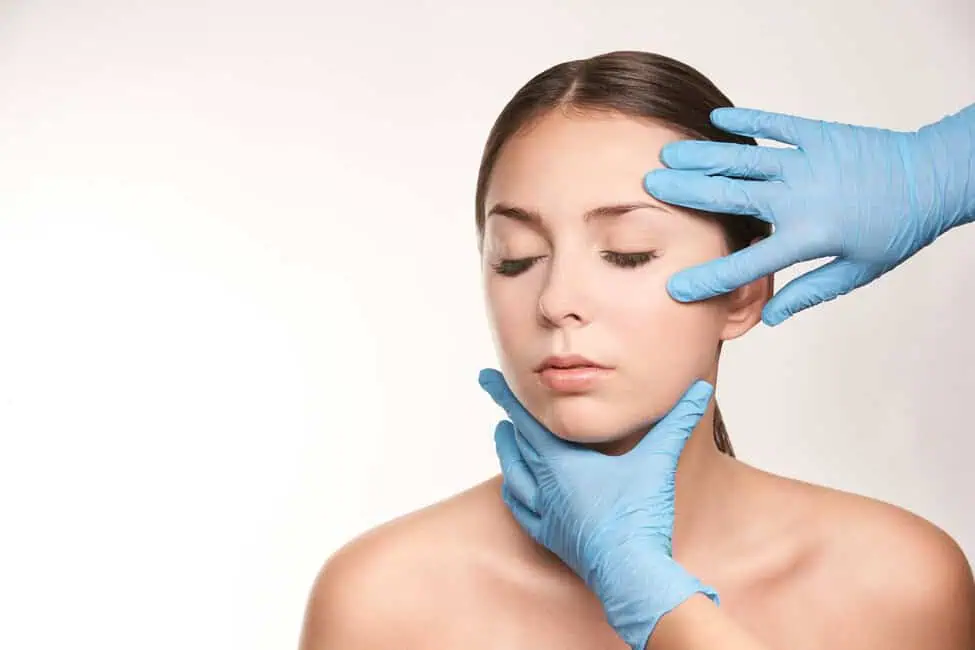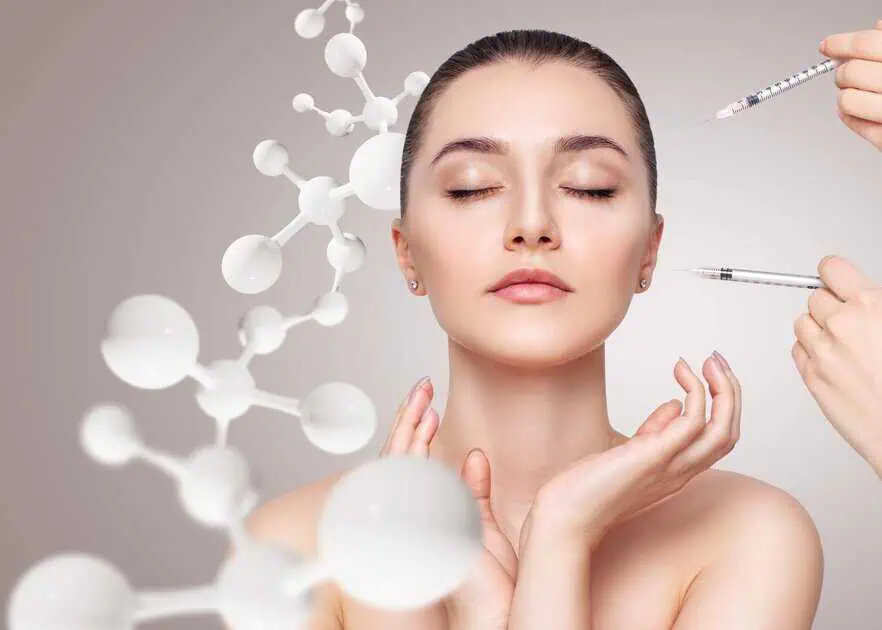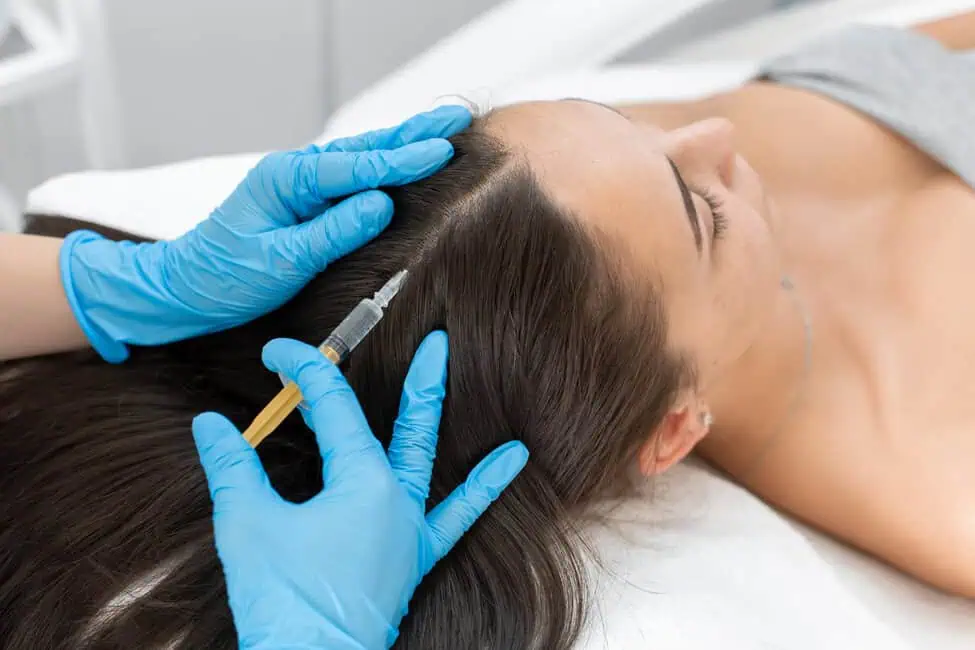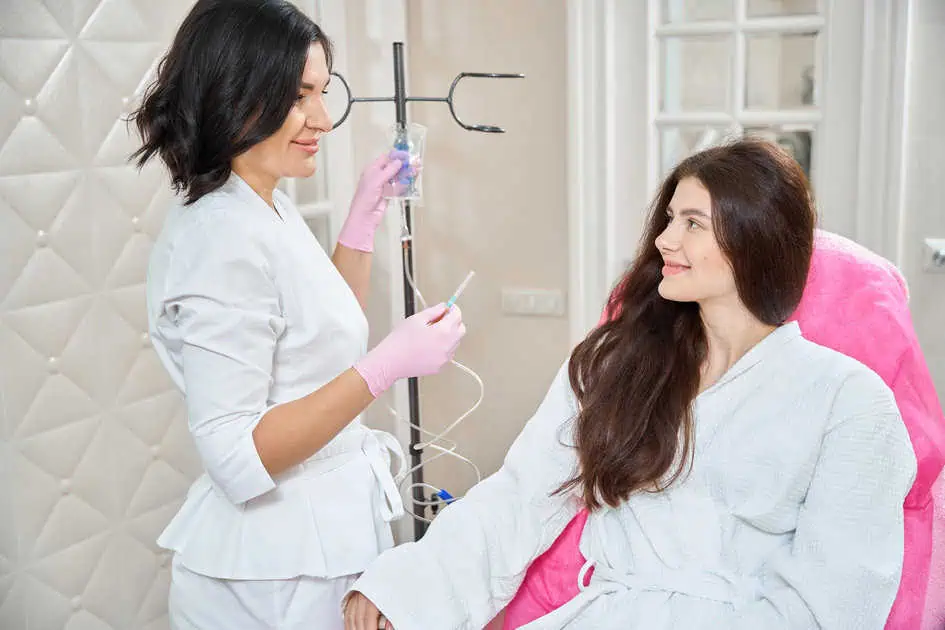Table of Contents
Hyperpigmentation is a common term that describes skin that appears darker caused by a skin condition called Melasma. Men can also develop this condition, but women tend to have it more frequently. Melasma differs from conventional hyperpigmentation because several factors can cause it. This condition is challenging to treat due to its implications. Melasma develops when the cells that determine your skin’s color are overproduced; it is frequently referred to as the “mask of pregnancy.” It is familiar and safe, and some treatments might be beneficial.
What exactly is Melasma?
Melasma is a typical skin condition. If you have Melasma, you likely have light brown, dark brown, and blue-gray areas on your skin, which loosely translates to a “black spot.” They may look like flat patches or dots that resemble freckles. Your face, particularly the cheekbones, upper lip, forehead, and forearms, are frequently afflicted. Melasma often affects pregnant women. Melasma frequently gets worse in the summer and better in the winter as it gradually darkens and lightens.
Chloasma is a different, less popular name for Melasma. Even though this disease is entirely safe, some people may experience self-consciousness as a result.
Where does Melasma most usually appear?
Skin conditions like Melasma are prevalent, especially in pregnant women. It affects 15% to 50% of expectant mothers. Melasma can affect 1.5% to 33% of people, and it typically appears during a woman’s reproductive years and infrequently during adolescence. Typically, it begins between the ages of 20 and 40.
Melasma typically develops on your cheekbones, nose, chin, forehead, upper lip, and surrounding skin. Sometimes, it impacts your back, neck, and arms. Melasma can affect any area of your skin exposed to the sun. Because of this, most melasma patients observe that their symptoms are worse in the summer.
What happens to your skin?
Three layers build up your skin. The epidermis is the top layer, followed by the dermis in the middle and the subcutis at the bottom. The largest organ in your body accounts for around one-seventh of your total body weight. Your barrier is made of your skin. Your bones, muscles, organs, and everything else are shielded from the elements, bacteria, sunlight, dampness, toxins, injuries, and more. Additionally, it aids in maintaining a healthy body temperature, guards against dehydration, and allows you to detect sensations like warmth, texture, and the pressure of another person.
Melanocytes are found in your epidermis and store and create the dark pigment known as melanin. Your skin darkens because the melanocytes produce more melanin in response to hormone stimulation, light, heat, UV radiation, or hormonal stimuli.
Is there a treatment for Melasma?
Melasma is challenging to treat. Your healthcare physician must first identify the potential causes of Melasma to develop a treatment strategy. Is that sunlight? Your contraception? Genetics? Is that soap?
Depending on the individual, Melasma may go away on its own, be permanent, or react to treatment within a few months. Most melasma cases will go away over time, especially if you protect yourself well from sunshine and other light sources.
Avoid the following if you have Melasma:
- Hormone therapies, particularly those that use estrogen.
- Birth control, specifically estrogen- and progesterone-containing oral contraceptives.
- LED light from your tablet, phone, laptop, and television.
- Makeup that makes your skin irritated.
- Medications that can cause you to have Melasma.
- Heavily scented soaps.
- Skin care products that may irritate.
- Tanning Beds
- Waxing, which could make the Melasma worse.
What is the treatment for Melasma?
Making sure your Melasma doesn’t get worse is the first treatment step. Avoiding the sun, tanning beds, LED screens, unpleasant soaps, and birth control that contains hormones will help you achieve this. Wear a wide-brimmed hat and sunscreen with iron oxides, and an SPF of 30–50 every two hours if you are exposed to the sun. By taking these actions, your Melasma may stay the same or improve.
Dermal treatments are the second-best option. Tyrosinase inhibitor topical medication reduces the production of new pigment by preventing melanin from forming (the dark color). Tyrosinase inhibitors and other sorts of beneficial substances include:
- Azelaic acid is used twice daily as a cream, lotion, or gel. It is safe to use when pregnant.
- Cysteamine: A testing procedure involving 50 participants discovered that cysteamine cream was better than a placebo.
- Topical corticosteroid hydrocortisone: Hydrocortisone aids in the fading of Melasma’s color. Additionally, it can reduce the possibility of dermatitis brought on by other substances.
- The drug hydroquinone is used as a cream or lotion. It is applied directly to the melasma patches at night for two to four months.
- Methimazole: This antithyroid medication is available as a pill or cream. It is known to be effective in treating hydroquinone-resistant Melasma.
- Soybean extract: It’s believed that soybean extract lessens the amount of color that melanocytes transfer to skin cells.
- Topical alpha hydroxy acid: pigments on the epidermis can be scraped off. The skin surface is removed with this cream or chemical peel.
- Tranexamic acid is a drug that can be taken orally, as a cream, or via injection.
- Topical retinoid on prescription, tretinoin. It is efficient but should not be used when pregnant because it can lead to dermatitis.
Melasma has responded well to hydroquinone, tretinoin, and a mild topical steroid.
Are there any risks or adverse effects from the medications?
Hydroquinone and tretinoin have the adverse effect of causing dermatitis. Azelaic gel, cream, or lotion may cause pain. Be alert for any allergic reactions at all times. Inform your healthcare professional of all side effects. It might be appropriate for you to switch to a different medicine to prevent the adverse effects.
Lasers and Chemical Peels have the potential to kill skin cells in the epidermis, produce post-procedure hyperpigmentation, and create hypertrophic scars. Only medical professionals with experience treating Melasma should use them with topical medicines to ensure safety.
Bottomline
Although Melasma is common, typical, and safe, it can be inconvenient. If this skin condition makes you self-conscious, it may impact your social life. However, you do not simply have to live with it; treatments are available. There are steps you can take to avoid problems. Dermatologists can always assist you. Visit Parlour at the Village in Salado, TX and express your worries and questions, and Always follow your doctor’s recommendations and adhere strictly to your treatment plan.





